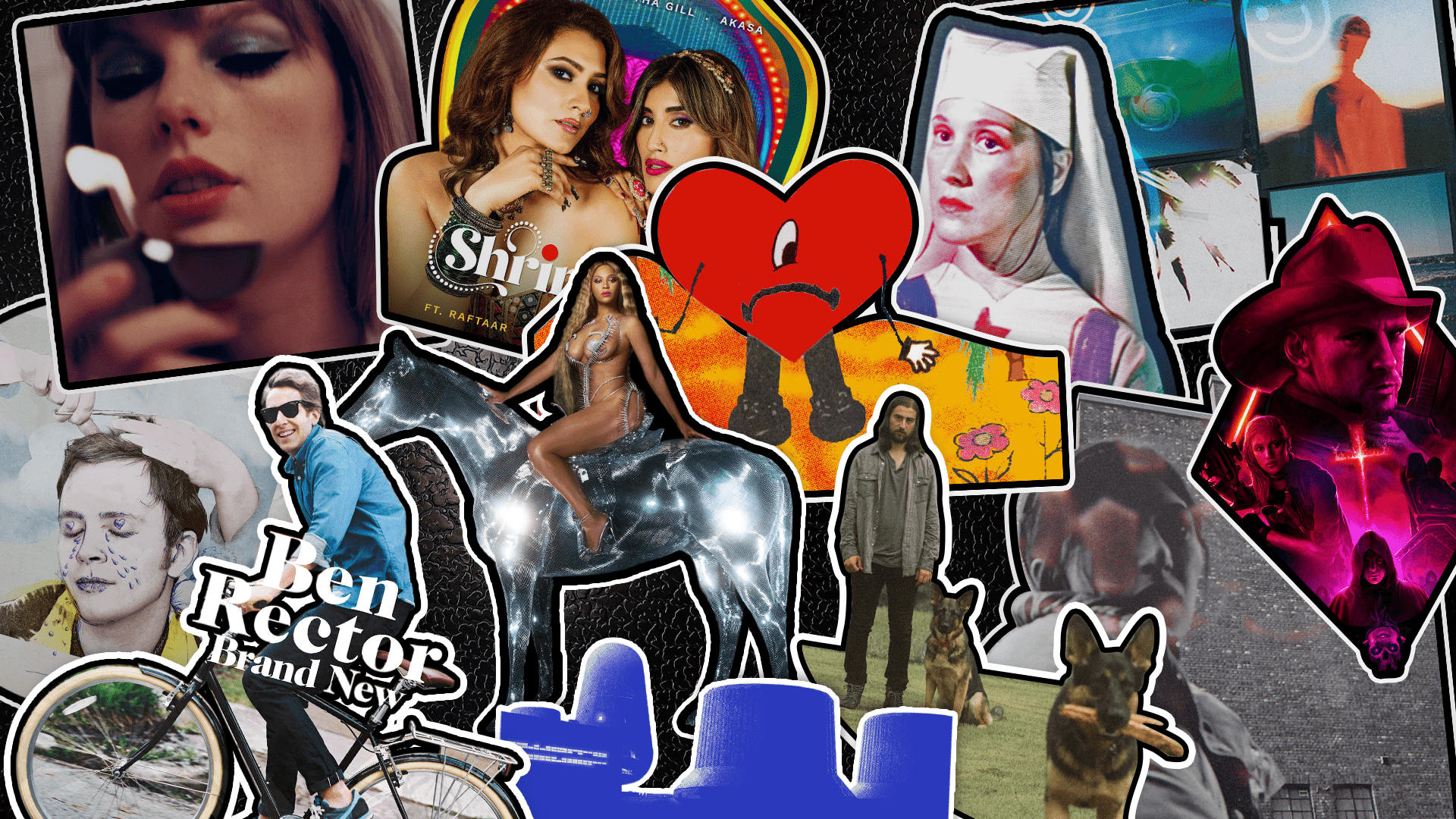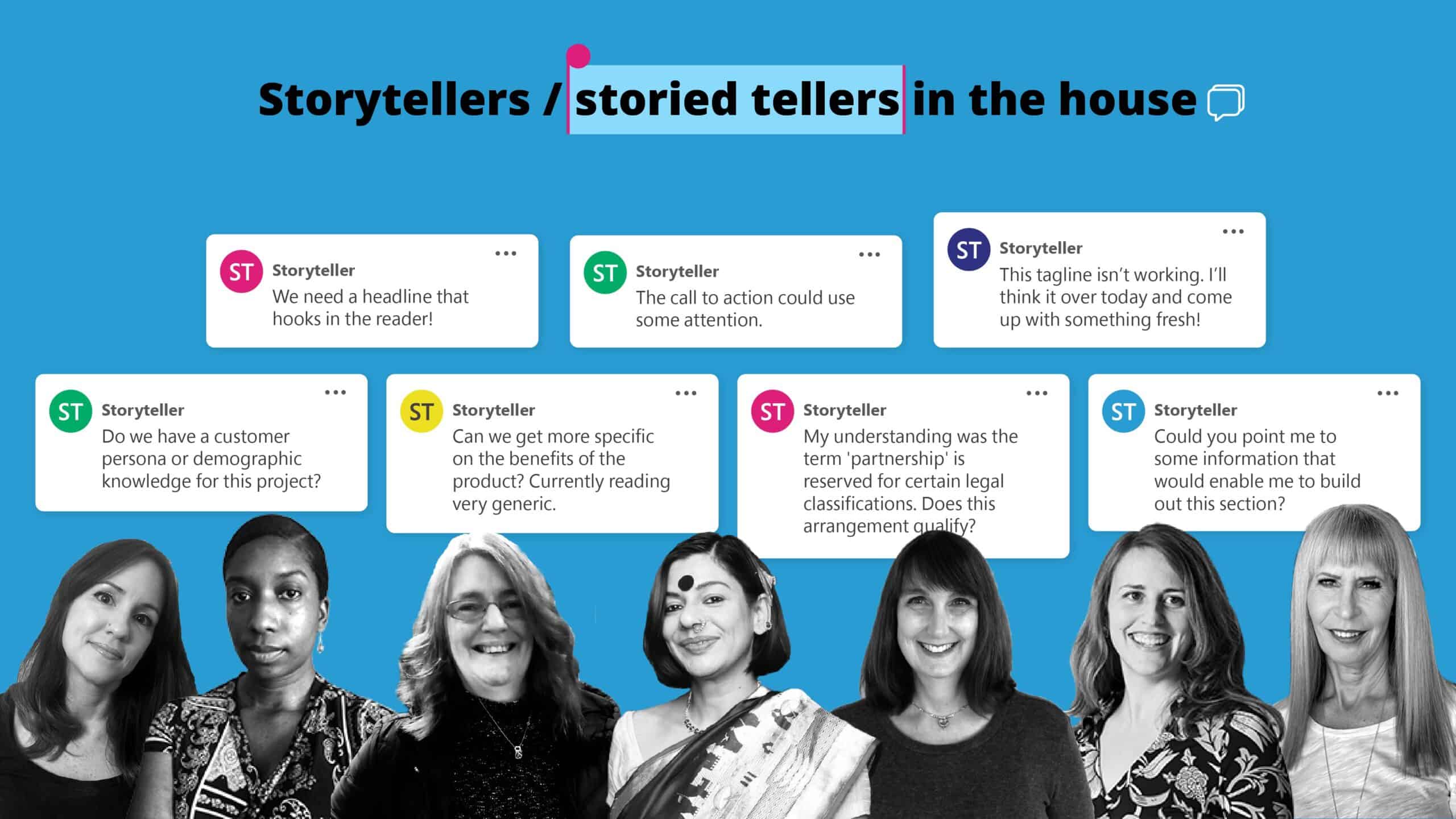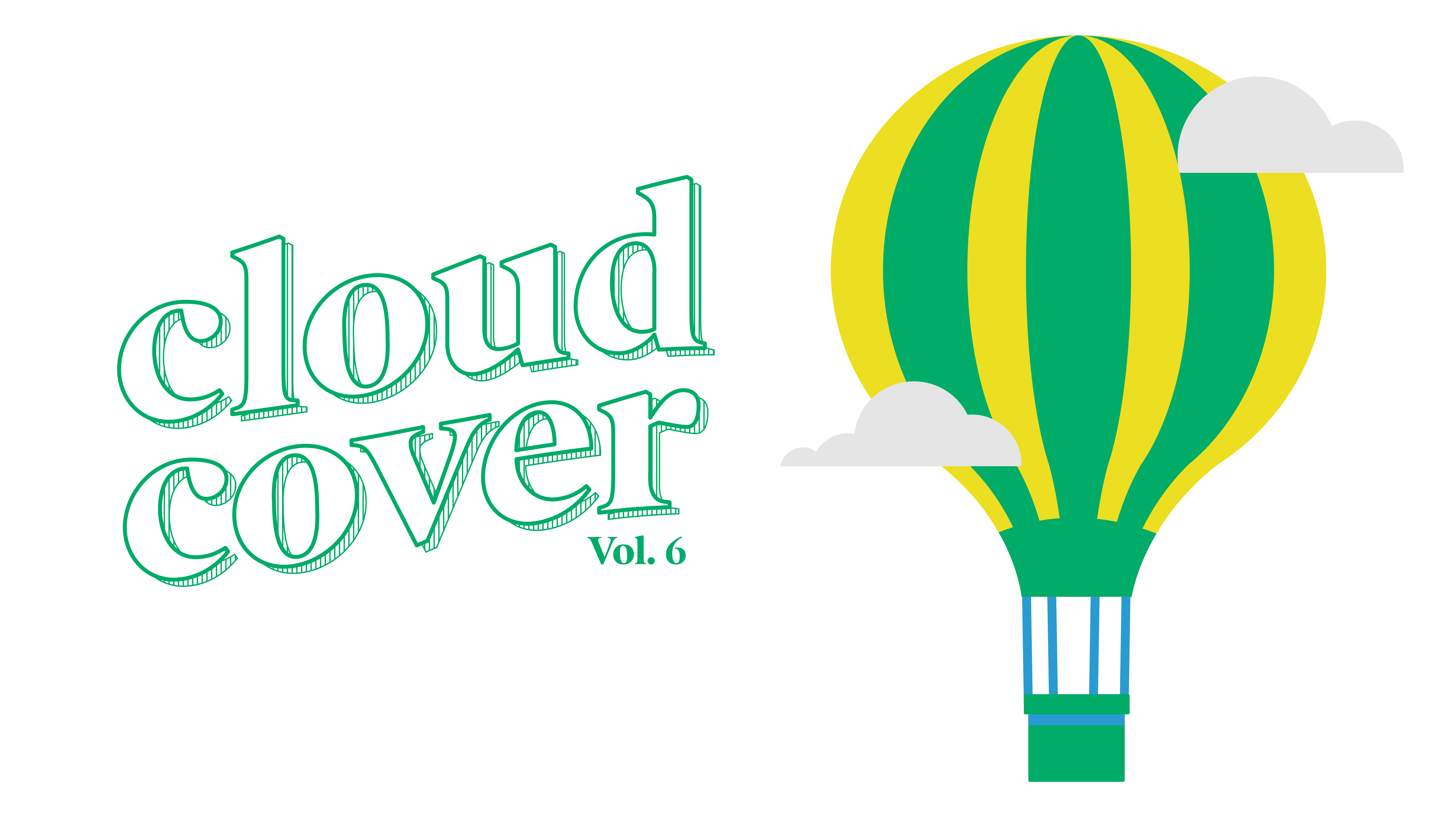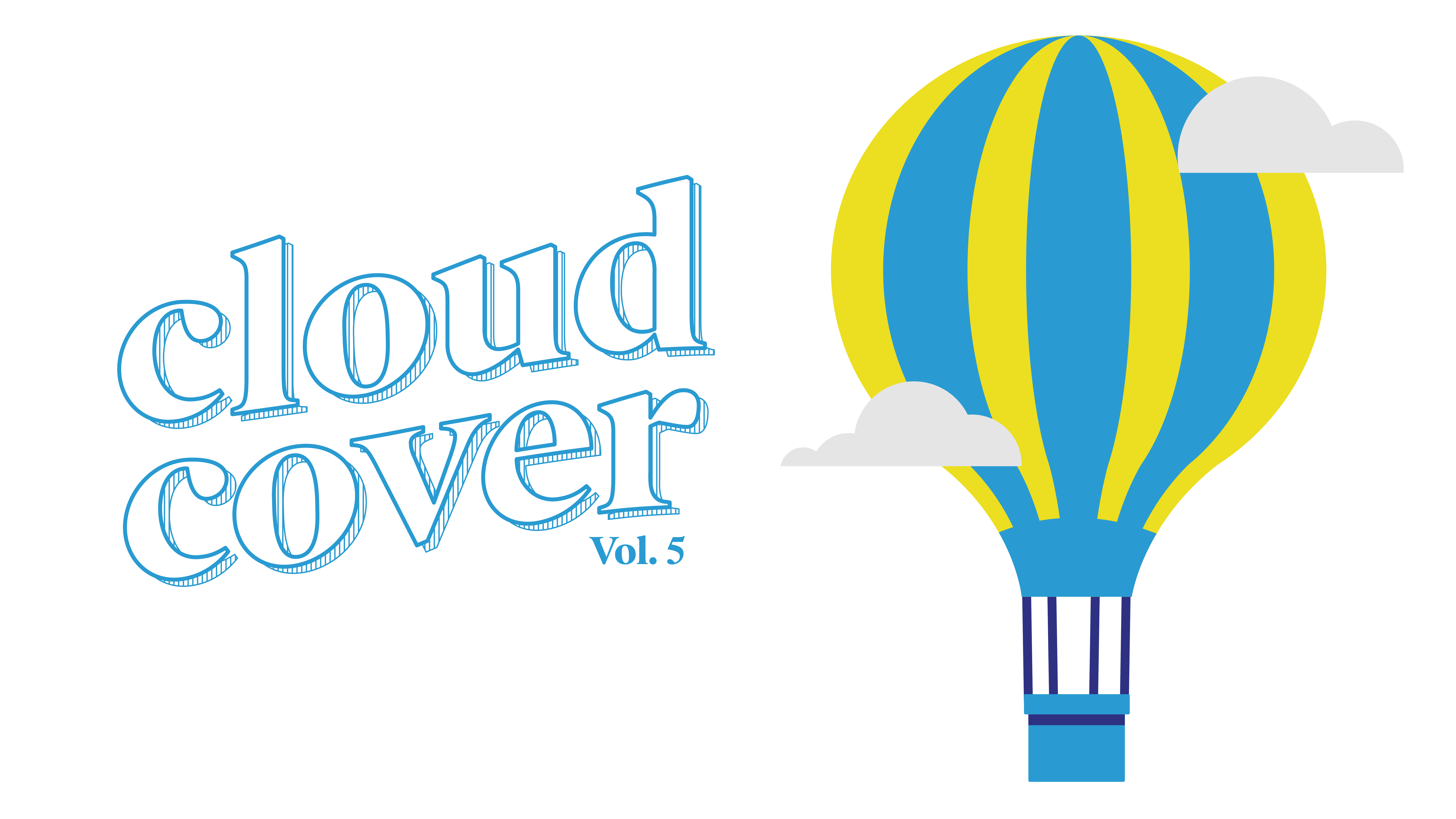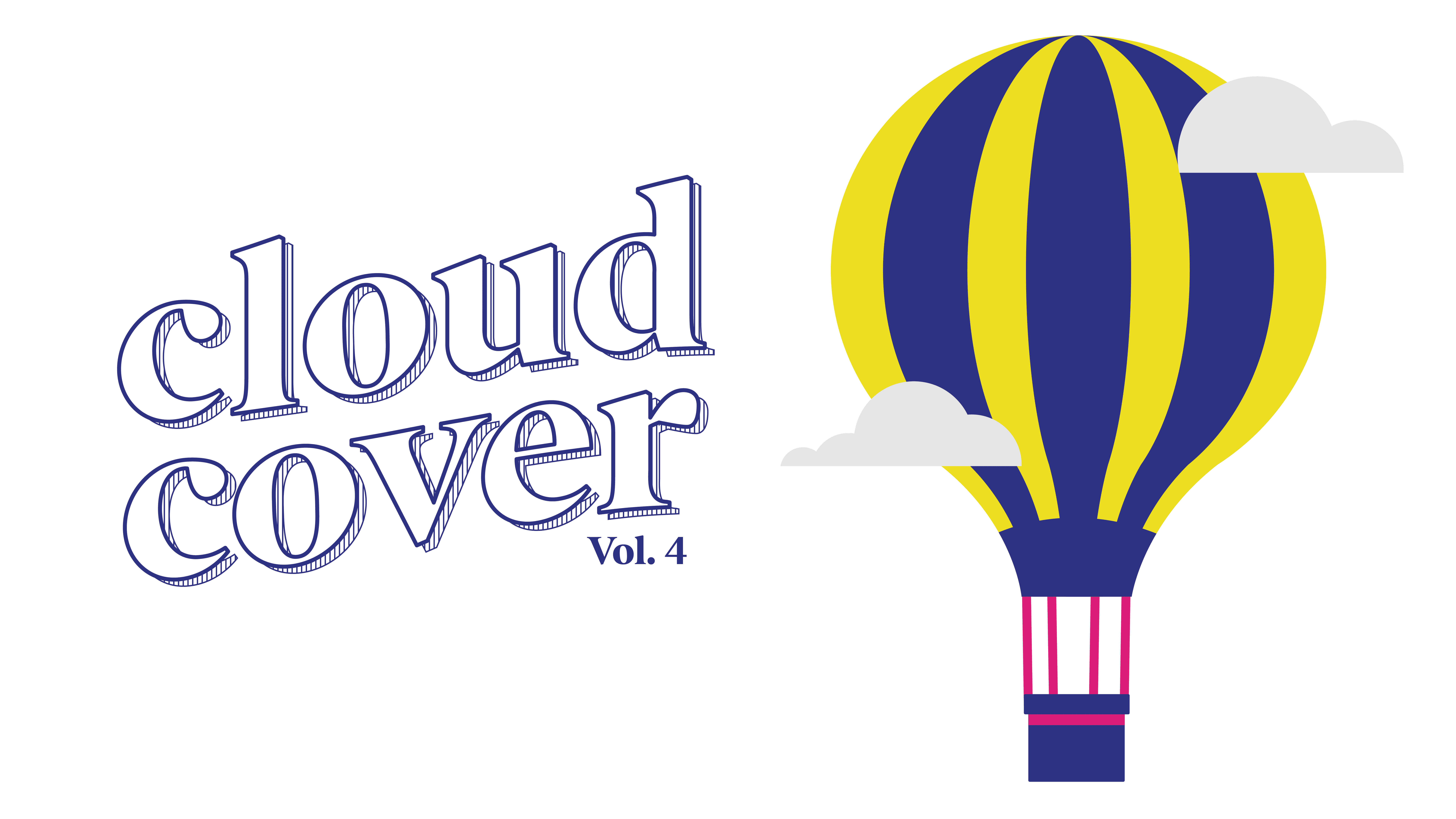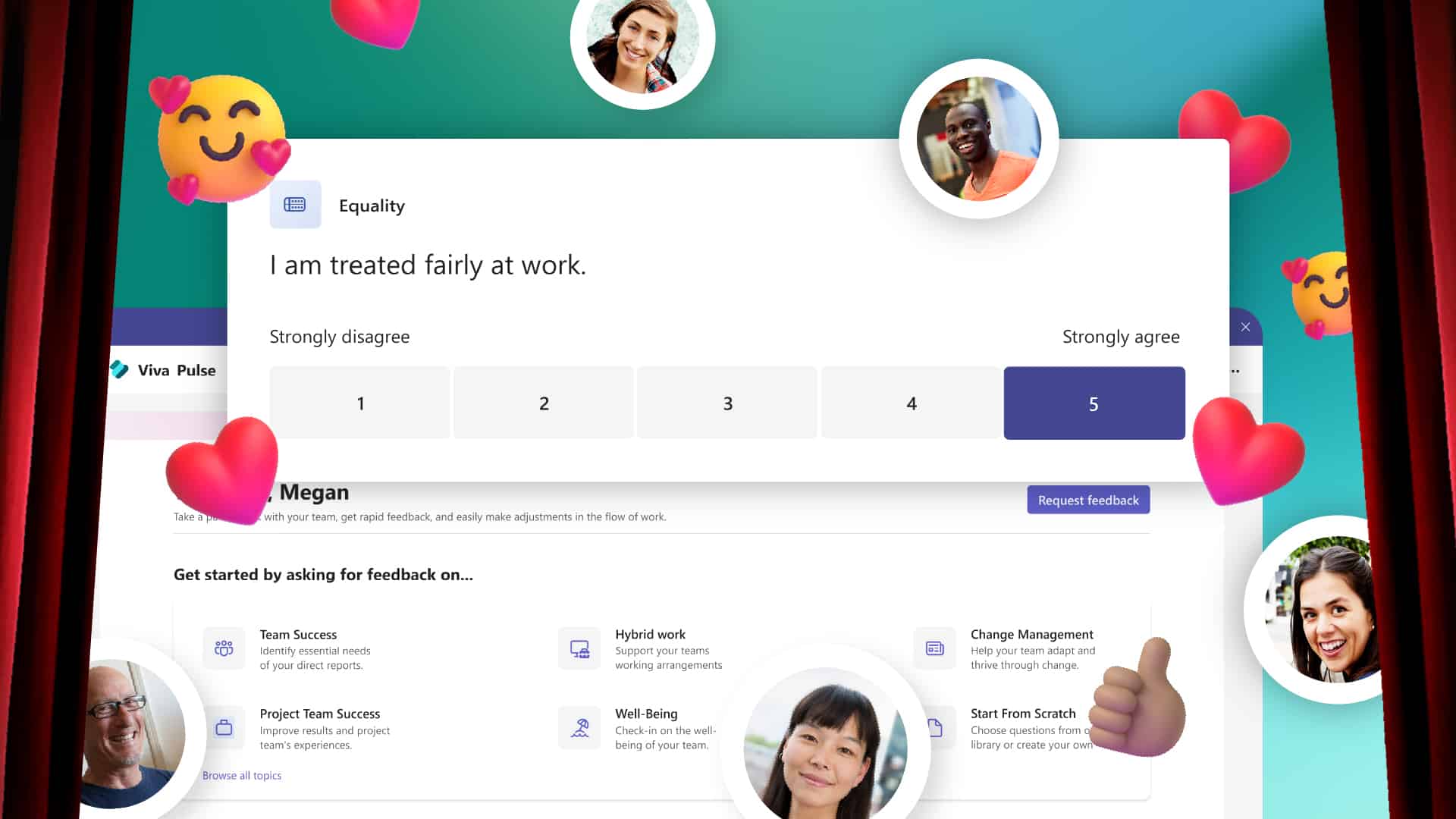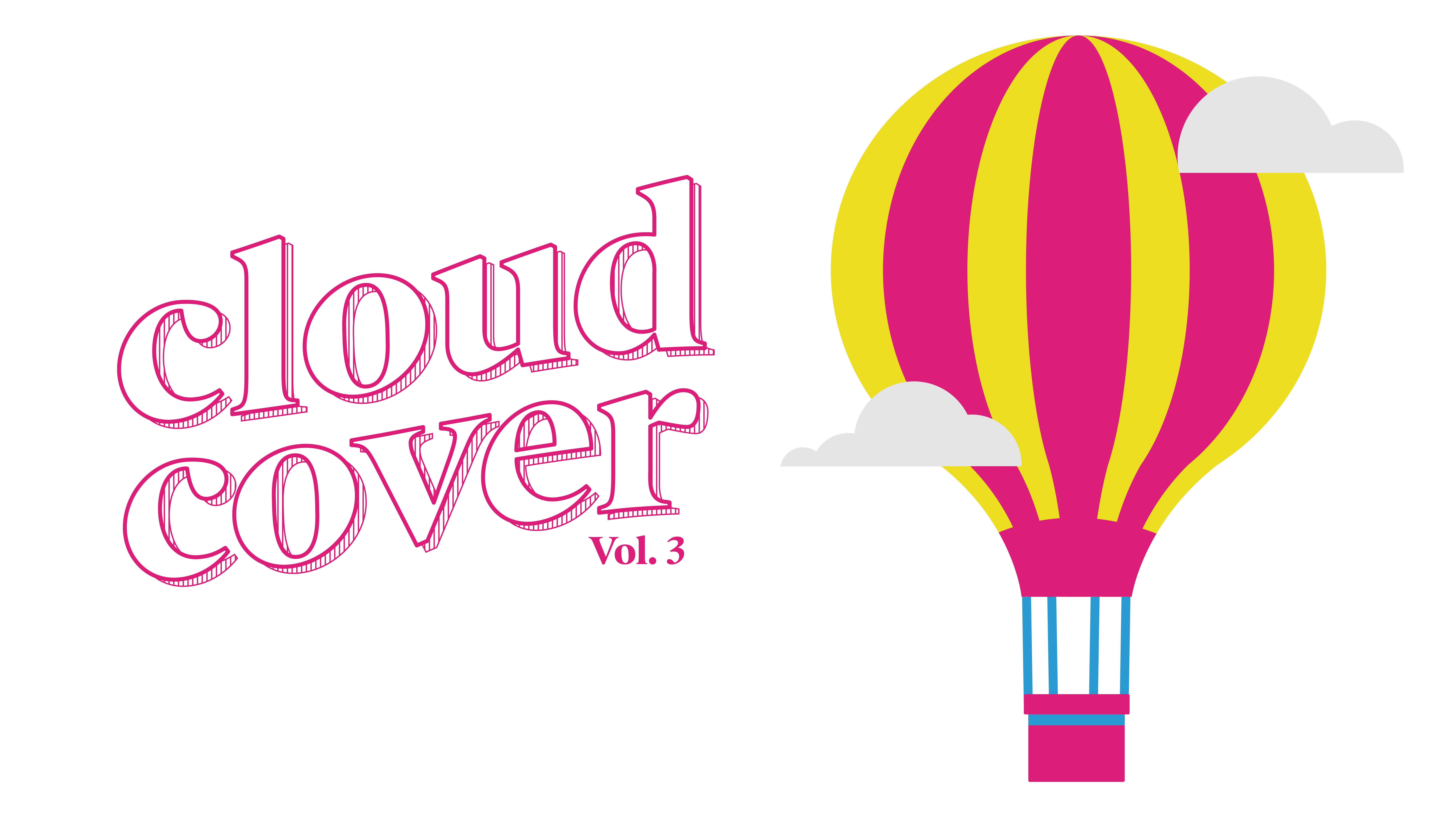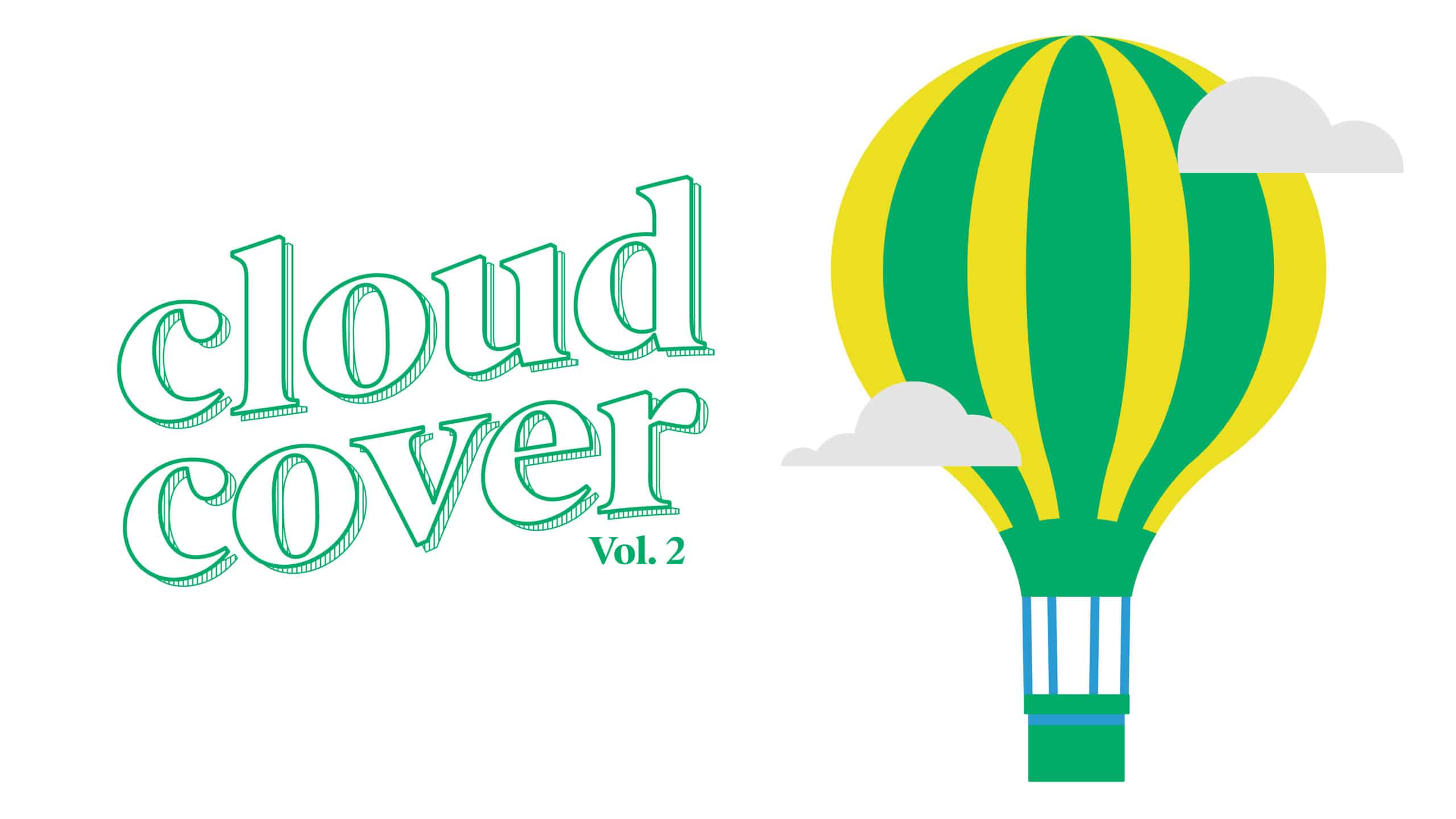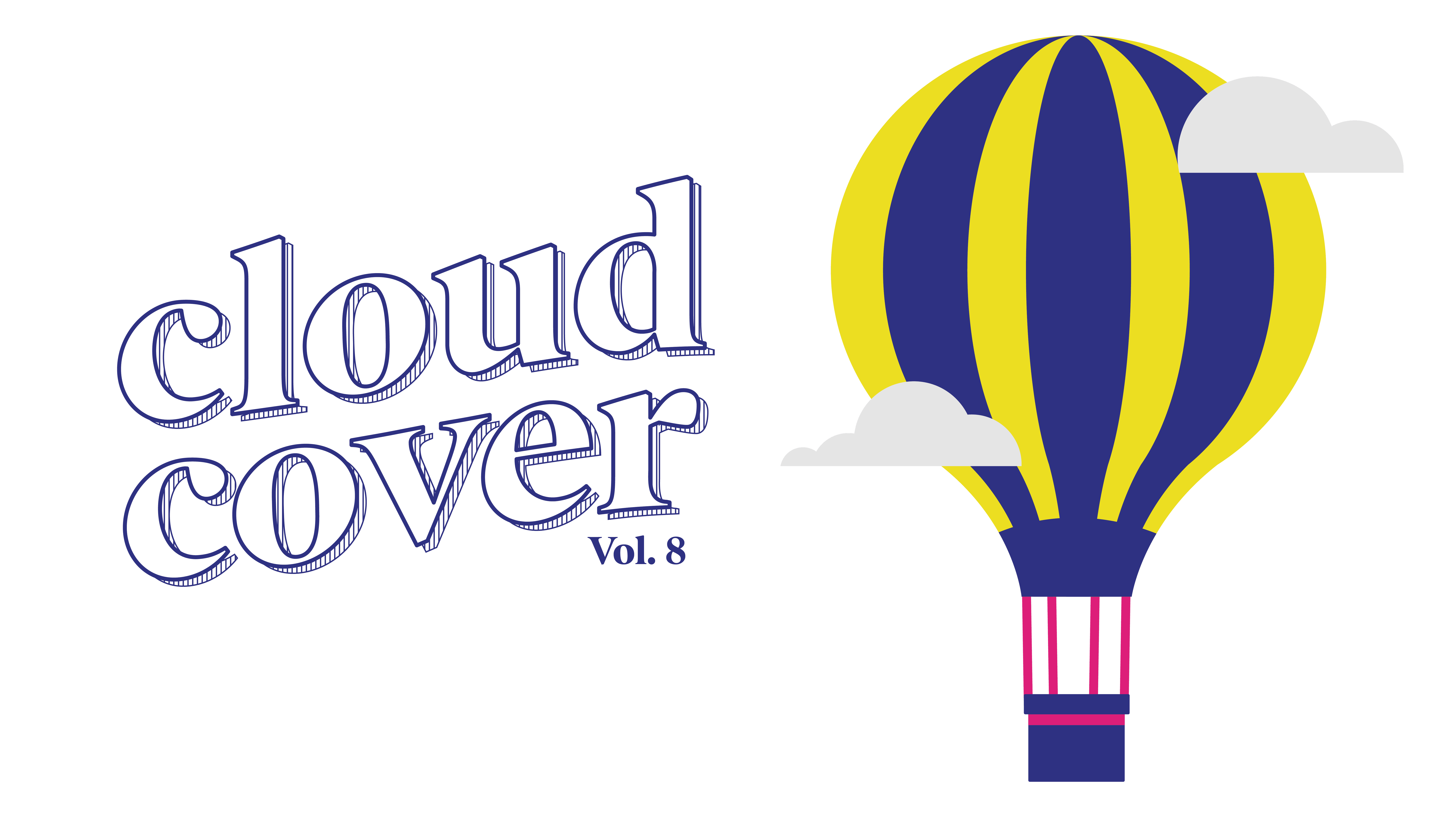
Image by Evan Aeschlimann
Gossip (for nerds)
- Remember when Microsoft face-planted with HoloLens and in a bid to still make it profitable, sold a gazillion of them to the military? Well, the dude who decided that was a good idea has left—and the initiative is in shambles. “I didn’t know I was supposed to LEAD this program,” he said. “I thought I was supposed to just riff on ideas from my swivel chair and let other people take the fall.”
- Investment bank UBS predicts a slowdown in Azure growth and has downgraded the stock, causing share prices to fall in a self-fulfilling prophecy. This follows Google’s report based on leaked Microsoft documents that estimated a $3B operating loss for Azure in fiscal 2022, then shared that with CNBC.
- Satya Nadella concedes it is going to be a rough ride for tech through 2025, stating that, unfortunately, average CEO pay will have to remain at 324 times that of their median workers. “Sorry, guys” Nadella said.
- But there’s a plan! Rumors abound that Microsoft is going to invest $10B in ChatGPT, to which this writing team says E tu, Brute? It would give Microsoft 75% of OpenAI’s profits, and the young company is soon to be valued at $29B.
- Why would Microsoft do this, assuming OpenAI has no intention of selling? To integrate ChatGPT into its products, including Bing. Except nothing is going to bring Bing out of the trashcan it belongs in, amiright.
- “They’re still trying to make Bing a thing?” said UBS analysts, who downgraded the stock again because Bing.
- Regardless, Satya says AI is the next major chapter for the tech industry, so expect more focus on this space from the major players.
- Microsoft is also pushing the metaverse, saying that we will eventually have a hybrid model of consumerism that is part IRL and part VR.
- AWS has, so far, remained blissfully untouched by Amazon’s layoffs, outside of its hiring pause. Most of the layoffs will happen in the company’s HR division, which is so on brand I can’t even.
- Microsoft has hired a chief sustainability officer who was previously with the National Security Council in the White House. In the meantime, Microsoft VP Teresa Carlson has left to join Flexport.
- You know what these female execs don’t have? The luxury of running with a headshot like this guy’s. A former Twitter VP, who strangely looks like Bradley Cooper and Santa Claus had a baby, has come onboard with Microsoft as a VP of design and research. Bonus points for drinking Sapporo. When can I get to a point in my career where a journalist covering my new role asks for a photo and I say “Here, use this one of me drinking Fireball while my dogs lay spread eagle on the couch.”
- There’s a reason those superhero Halloween costumes have to put “will not make you fly” on the package. I was raised by two lawyers and it seemed like adults just sued each other all day, and between Amazon and Microsoft, maybe lil’ Jane was on to something. Amazon’s Twitch has entered a patent-infringement lawsuit with an Israeli FOOD import/export company (???) BSD—just as Microsoft battles gamers IRL over Activision (please, please result in a courtroom full of LARPers). BSD has previously sued Microsoft and Apple. In the meantime, Meta is suing a different Israeli company over spyware.
World domination
- Microsoft has acquired Fungible, a company that makes data processing units. For $190M, otherwise known as the going price for a dozen eggs, Microsoft will use Fungible’s tech team to improve Azure services.
- It is also investing in autonomous trucking startup Gatik AND collaborating with an Indian space agency. “We’re going to use the autonomous trucks to drive astronauts to and from the rocket ship, this way we don’t have to pay for an Uber,” said the guy who came up with the Army goggles idea.
- France just fined Microsoft $64M for cookies, and they don’t mean macarons. Great timing alongside the company’s rollout of EU data localization via its EU Data Boundary for the Microsoft Cloud.
Best Friends Forever
- The Navy opened up its wallet and was like “here’s $724 million” to AWS. Sailors and stuff will get access to the cloud through 2028 and will work toward phasing out legacy IT systems per a mandate in the 2022 National Defense Authorization Act.
- Microsoft is making moves in automotive. Cognata, which develops autonomous driving technologies, has launched a new service on Azure so automotive companies can virtually evaluate their sensors. And General Motors will use Azure and AI services to simplify its software development.
- AWS is supplementing its hiring pause with even more emphasis on its partners. As a “critical part of our go-to-market strategy,” AWS says it will continue to invest in partners, especially partners who help customers adopt and mature on AWS.
- Speaking of partners: Montoux, an actuarial automation platform (SNOOZEFEST) is “strategically collaborating” with AWS so that customers can migrate and modernize their workflows with Montoux over to AWS. We could title the eBook: “Love, Actuary: Migrate and Modernize.”
- All other AWS Partner news in a nutshell:
- Entrust, which provides payment infrastructure, has put its cloud-based IAM solution on AWS Marketplace.
- Normalyze has hit AWS Marketplace. It’s a security platform that lets you see where all your data is in the cloud. eBook title could be, “Normal Eyes: Finally See Your Data.”
- Privacera, which sounds like a pharmaceutical drug with gnarly side effects for some embarrassing condition, is actually a company that provides a data security and access governance platform—and its earned its AWS Competency in Data Analytics.
- Cargo shipment optimization platform provider Awake AI has passed the AWS Foundational Technical Review.
- Solvo, which provides adaptive cloud infrastructure security solutions, has joined the AWS ISV Accelerate Program.
- Aspire, a global technology services firm, has become an AWS Advanced Consulting Partner.
- VMWare launched Cloud Flex Storage, a managed service for VMWare Cloud on AWS.
- IoT solutions provider KORE is using AWS, including AWS IoT Core, to make and sell more secure stuff.
New stuff
- AWS, Microsoft, and Meta want to break Google Maps’ hold on all of us with their Overture Maps Foundation that will yield “untold innovations for the benefit of the people,” a bold statement coming from a group that includes a social media company partially responsible for January 6th and COVID conspiracies. Among their WORLD-CHANGING efforts, which involves duplicating what Google has already done, is using VR/AR—appealing to my anxiety-ridden trolling of Maps for a place to park before I drive somewhere new.
- Even though Microsoft is all about productivity these days, it’s like they are testing our self-control, what with their new games on Teams and NOW, video filters! Yes, I am paying attention even though I just put a virtual top hat on my head! Yes, yes, I am listening even though I am presenting as an ear of corn.
- There’s a new AWS open-source tool in town called Finch. It’s cloud-agnostic and will allow devs to build, run, and publish Linux containers. The motivation for creating Finch? macOS and Windows make open-source container development difficult.
- To better compete with Amazon, Microsoft has released a pilot of the Microsoft Retail Advertising Network, which will help retailers
sell your data even moremonetize their website traffic.
Ma’am, I’m going to have to call security
- O happy day, S3 buckets will now be encrypted server-side by default! Which makes you wonder why that wasn’t a thing already!
Miscellany
- Sorry crypto holdouts, but Microsoft says you can’t mine your imaginary money using their online services anymore. You can use Azure but you need approval, first.
- In efforts to drive adoption of Viva, Microsoft is helping IT pros overcome some problems with native-mode migrations.

